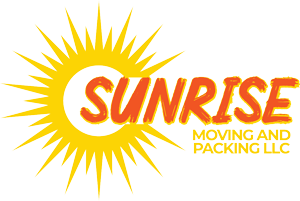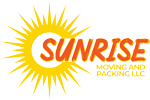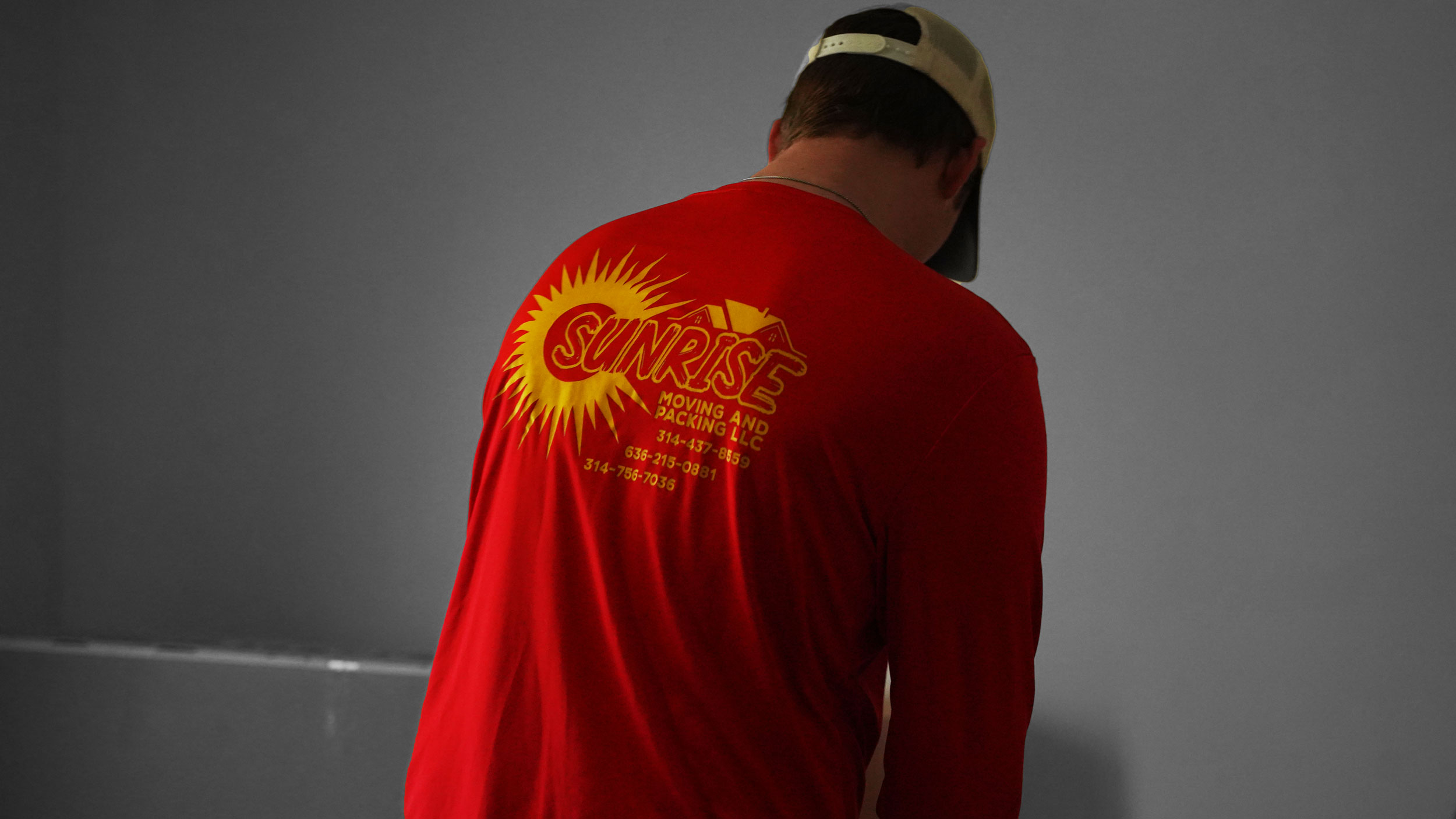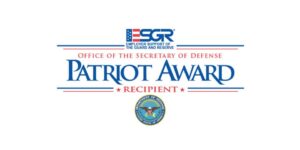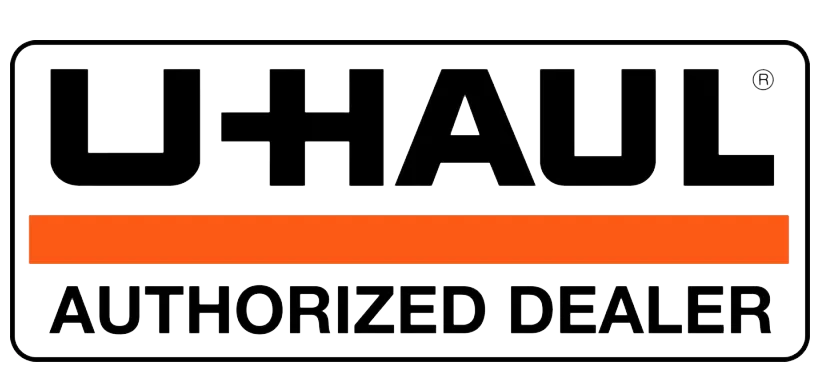Creating a moving binder can be a smart and efficient way to stay organized during the chaos of a move. Whether you’re relocating to a new city or just down the street, a moving binder can help you keep track of important documents, timelines, and essential information.
What to Include in A Moving Binder
MOVING TIMELINE
Create a timeline outlining tasks to be completed leading up to moving day. Include deadlines for packing, hiring movers, and any other essential activities.
CHECKLISTS
The “Checklists” section of your moving binder is a practical tool to help you stay organized during the packing and moving process. Here’s a detailed guide on what to include in this section:
- Boxes: Specify the types and sizes of boxes needed for each room.
- Bubble Wrap/Packing Paper: Note the quantity required for fragile items.
- Tape and Dispensers: Include enough for sealing boxes securely.
- Labels and Markers: Ensure you have an ample supply for clear labeling.
- Room by Room Checklists
- List furniture that needs disassembly: Include any tools required for the job.
- Notify Utility Companies: Include a checklist for notifying or transferring utilities at both the old and new locations.
- Disconnect and Reconnect Services: Note dates for disconnecting and reconnecting services such as internet, cable, and utilities.
- Postal Service: Include steps for changing your address with the postal service.
- Banks and Financial Institutions: Provide a list of places to update your address for financial accounts.
- Pre-move Cleaning: List tasks for cleaning your current residence before moving out.
- Post-move Cleaning: Include tasks for cleaning your new home before settling in.
- Important Documents: Include a checklist of crucial documents to keep in a secure folder.
- Valuables: List items like jewelry, important electronics, and sentimental items that need special attention during the move.
- Priority Boxes: Identify boxes containing essential items for the first day in your new home.
- Room Assignments: Plan where each box will go in the new home.
BUDGET
Keep track of your moving expenses to stay within your budget. Include quotes from your moving company, packing supplies, and any additional costs. Creating a detailed budget section in your moving binder is crucial for keeping track of expenses and ensuring a smooth financial transition. Here’s a comprehensive guide on what to include in the budget section.
- Quotes and Estimates: Include any quotes or estimates you receive from moving companies. Compare prices, services, and terms to make an informed decision.
- Booking Confirmation: Once you’ve selected a moving company, include the booking confirmation and details of the agreed-upon services.
- Boxes: Estimate the number and sizes of boxes you’ll need. Include the cost of purchasing or acquiring them.
- Bubble Wrap, Packing Paper, and Tape: Detail the expenses for protective materials used during packing.
- Labels and Markers: Include the cost of labels and markers for proper box labeling.
- Fuel: If you’re handling the move yourself, estimate fuel costs for the distance you’ll be traveling.
- Rental Truck or Van: Include the rental fee, insurance, and any additional charges associated with the vehicle.
- Temporary Storage: If you need to store items temporarily, include the costs associated with renting a storage unit.
- Cleaning Services: If you hire professional cleaners for your old or new residence, include their fees.
- Handyman Services: Account for any handyman services needed for repairs or disassembly/assembly of furniture.
- Accommodations: If your move involves an overnight stay, include the cost of accommodations.
- Meals and Incidentals: Estimate expenses for meals and other incidentals during the move.
- Moving Insurance: Include the cost of any additional insurance coverage for your belongings during the move.
- Connection/Disconnection Fees: Include any fees associated with connecting or disconnecting utilities at both your old and new residences.
- Address Change: If there are fees associated with changing your address with postal services or other entities, include them.
- Pet Care: If you have pets, include expenses for boarding or other necessary care during the move.
- Emergency Fund: Set aside a small portion of the budget for unexpected expenses or emergencies.
- Keep all receipts and invoices related to the expenses listed above. This documentation is crucial for tracking actual costs and for potential reimbursement.
- Create a section for tracking actual expenses versus the budgeted amounts. This will help you stay accountable and make adjustments if needed.
IMPORTANT DOCUMENTS
Use sheet protectors for important documents like your lease agreement, moving contracts, and any paperwork related to your new home. The “Important Documents” section of your moving binder is crucial for keeping essential paperwork organized and easily accessible during the moving process. Here’s a detailed guide on what to include in this section:
- Current Lease Agreement: Include a copy of your current lease agreement, detailing terms, conditions, and any specific moving requirements.
- New Lease or Purchase Documents: If you’re moving to a new rental property or purchased a home, include all relevant documents.
- Moving Company Contract: Include a copy of the contract signed with the moving company, outlining services, costs, and terms.
- Storage Agreement: If you’re using storage facilities, include the agreement details.
- Driver’s License/ID: Keep a copy of your driver’s license or identification card.
- Passports: If you’re moving internationally, include passports for all family members.
- Moving Insurance Policies: Include copies of any insurance policies covering your belongings during the move.
- Health Insurance Cards: Keep health insurance cards for all family members easily accessible.
- Family Medical Records: Include important medical information for all family members.
- School Transcripts/Records: If you have school-age children, include their academic records.
- Utility Account Information: Include details on current and new utility services, such as electricity, water, gas, and internet.
- Contact Information: Keep contact details for utility companies easily accessible.
- Car Registration and Insurance: Include copies of your vehicle registration and insurance documents.
- Driver’s Manual: If moving internationally, check if you need to carry your driver’s manual.
- Veterinary Records: Include vaccination records and any other important information for your pets.
- Appliance Manuals: If possible, include manuals for major appliances in your new home.
- Warranties: Keep warranties for electronics or furniture.
- Emergency Contact List: Include a list of important contacts, including family members, friends, and local emergency services.
- Legal Agreements: Include any legal documents, such as custody agreements or power of attorney.
- Vehicle Titles: Include the titles for any vehicles you own.
- Registration Documents: Include copies of vehicle registration.
- Tax Returns: Keep copies of recent tax returns.
- Birth Certificates: Include birth certificates for all family members.
- Marriage Certificates: If applicable, include marriage certificates.
- Postal Service Change of Address Confirmation: Include the confirmation of your change of address with postal services.
CONTACT INFORMATION
Create a section with contact information for movers, real estate agents, utility companies, and anyone else involved in the moving process.
INVENTORY
Consider creating an inventory list for each box, noting the contents and room it belongs to. This will make unpacking much easier.
Label & Organize Your Binder
Label each section clearly using dividers with tabs. You may want to color-code sections or use sticky notes to highlight urgent tasks. Make sure to keep the most important information, like your timeline and checklists, at the front for easy reference.
Include a calendar section in your moving binder to mark important dates. This can be especially helpful for keeping track of deadlines, appointments, and the actual moving day.
Make your moving binder uniquely yours by adding personal touches. Consider including a map of your new neighborhood, emergency contacts, or any other information that will make your move smoother.
Using Your Binder
While a physical binder is handy, consider complementing it with digital tools. Use apps or online resources to store additional information, take photos of valuable items for insurance purposes, and keep electronic copies of important documents.
Keep your moving binder with you at all times during the moving process. Whether you’re meeting with movers, unpacking boxes, or finalizing paperwork, having your moving binder nearby will help you stay on top of things.
By following these steps, you’ll have a well-organized moving binder that makes the entire moving process more manageable. Happy moving!
